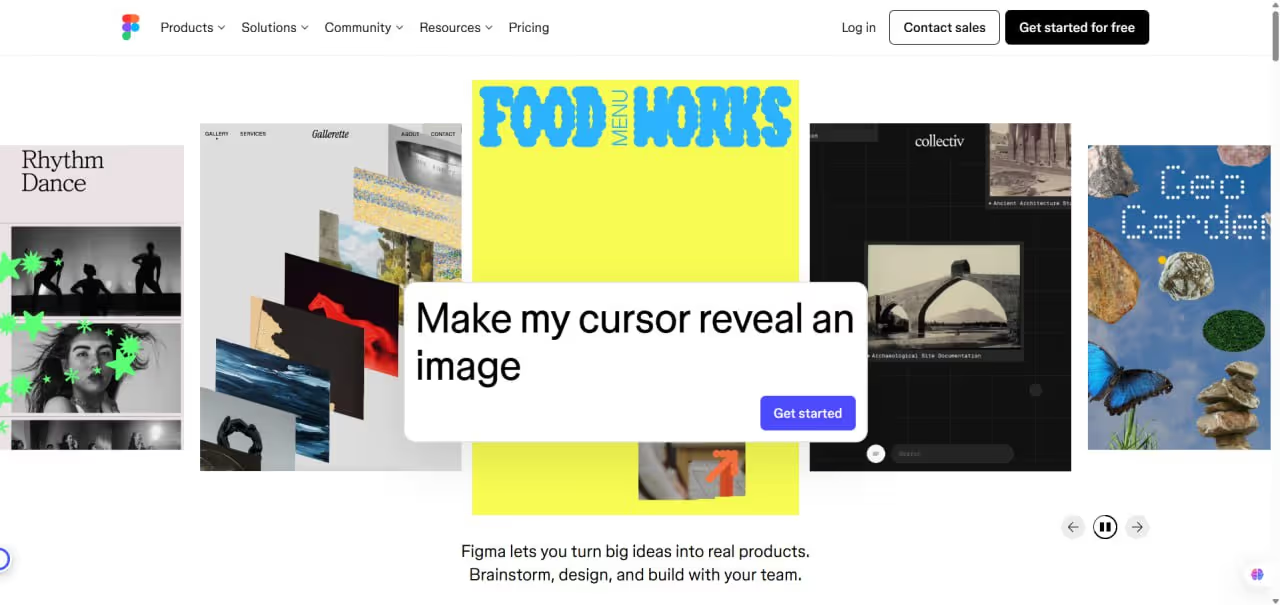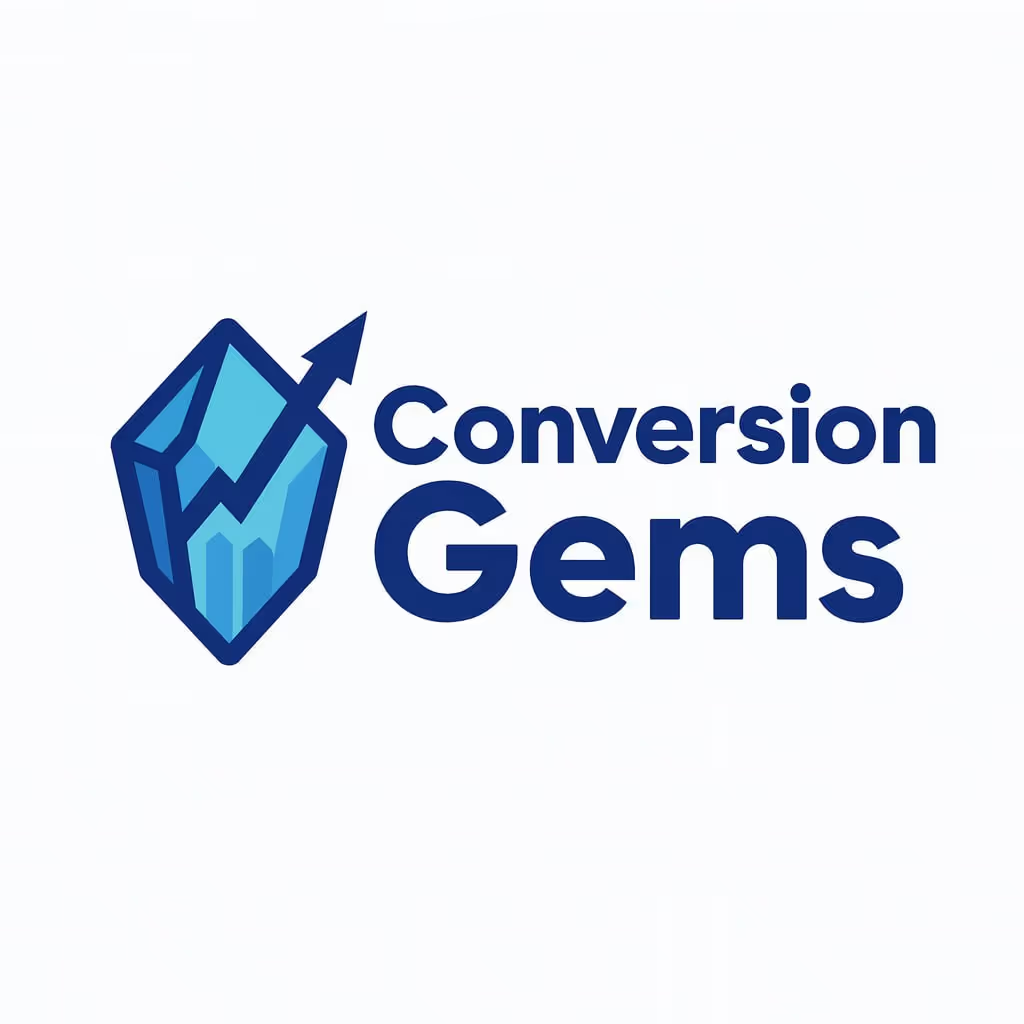Tool Insights
Home > Tools > Tool Details
Figma
Description
Figma is a cloud tool for UI/UX design and prototyping, with real-time collaboration and both free and paid plans.
Collaborative UI/UX design tool for web and app interfaces with prototyping capabilities.
Key Applications
- Collaborative UI/UX Design: Serves as the primary platform for designing digital user interfaces, websites, and apps in a real-time, multi-user environment, eliminating file version confusion.
- Interactive Prototyping & User Testing: Enables the creation of complex, clickable prototypes with advanced transitions and animations to simulate the final user experience and conduct usability tests.
- Design System Management: Provides robust features for creating, maintaining, and scaling shared component libraries (Figma Dev Mode) that sync across teams for consistency.
- Specific Workflow: A product designer builds a wireframe, a colleague adds high-fidelity styles simultaneously, they link screens into a prototype for stakeholder feedback, and a developer inspects the design and exports code using Dev Mode.
Who It’s For
This platform is built for product designers, UX/UI designers, and cross-functional product teams (including developers and product managers) in tech companies. It solves the problem of siloed design processes and inefficient handoffs by creating a single, collaborative source of truth for the entire product development lifecycle. The primary buyer persona is a Product Designer or Head of UX in a fast-paced, agile environment.
Pros & Cons
How It Compares
- Versus Sketch: Figma wins decisively on real-time, browser-based collaboration and platform-agnostic access, whereas Sketch is a macOS-native application with separate collaboration features, making it less seamless for distributed teams.
- Versus Adobe XD: It differentiates with a vastly superior collaborative workflow, a stronger community plugin ecosystem, and its established position as the industry leader, while XD is integrated with the Adobe Creative Cloud.
- Versus Canva: Its competitive advantage is providing a professional, granular environment for building original, complex digital products from scratch, unlike Canva's template-driven approach for marketing content.
Bullet Point Features
- Real-time, multi-user collaboration in the browser
- Advanced interactive prototyping with variables
- Dev Mode for streamlined developer handoff
- Auto Layout for responsive design
- Extensive community plugins and widgets
Disclosure
All product names, logos and brands are property of their respective owners. Use is for educational and informational purposes only and does not imply endorsement. Links are to third-party sites not affiliated with Barndoor AI. Please see our Terms & Conditions for additional information.



.avif)




